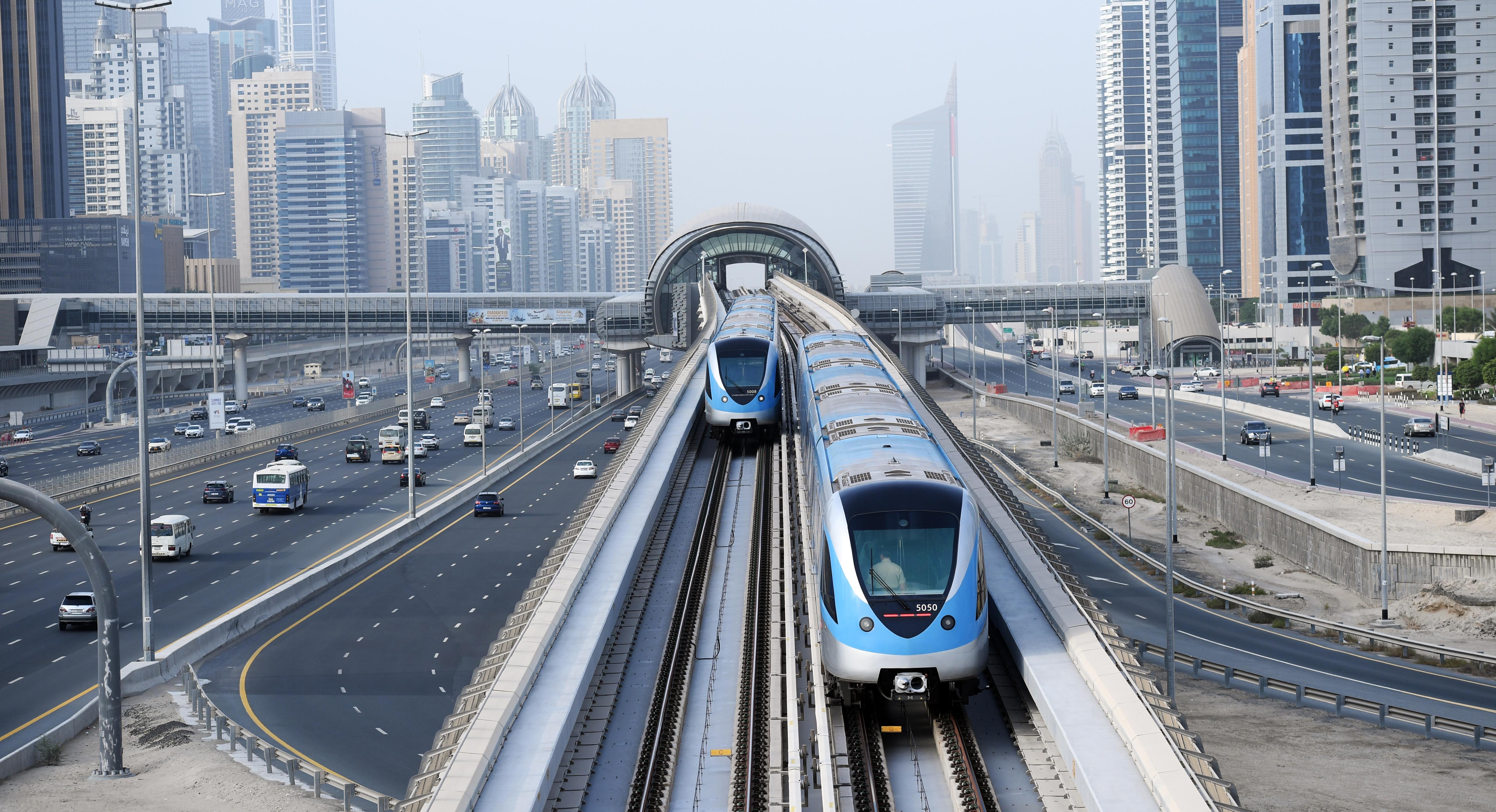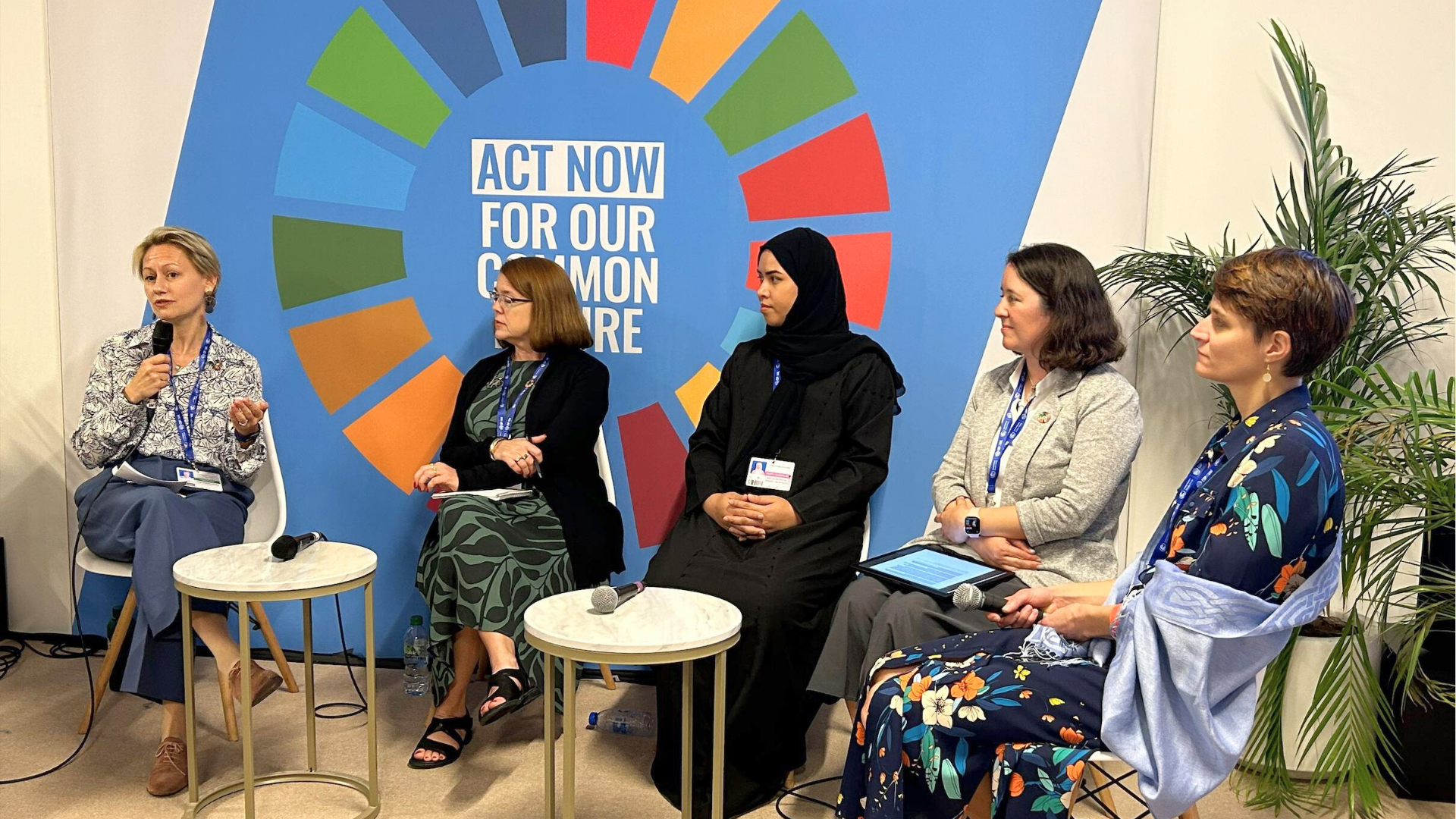Yesterday, in Dubai, it was Transport day. It is the third year only where the theme is officially on the agenda. Public transport still passes for a poor relation among the commitments presented by the 198 countries taking part in the major international conferences known as COP.
Admittedly, two thirds of nationally determined contributions (NDCs) – the nations’ own domestic roadmaps – mention public transport; this is twice as many as in 2015. But only 20% specify a quantitative target, and only 20% among those include a target for modal shift. The proportion of resolutions with precise goals for both the development of public transport and encouraging modal shift is therefore minimal, to say the least. And yet public transport is the first actionable lever by which to make passenger transport more sustainable!

Furthermore, nobody today can be unaware of fact that the transport sector is the second biggest greenhouse gas emitter on the planet behind the energy sector, and accounting for about 20% of global emissions. In many developed countries, it even tops the ranks, with up to 35%. To make matters worse, the transport sector is the only one where GHG emissions have not declined in the last 15 years.
"So let us remind ourselves, lest we forget, that an affordable and attractive public transport service combined with active modes such as walking and cycling is an inevitable part of the solution, not only from the climate perspective but also in the interests of social justice and environmental equity."
Antonia Höög, Chief Sustainabilty Officer.
Doubling the use of public transport by 2030 would more than halve the emissions of urban transport while also reducing transport-generated air pollution by 45%, according to the calculations of the International Association of Public Transport (UITP). It would additionally lead to the creation of tens of millions of jobs in cities all over the world. While such a stimulus would require substantial investment, in particular on infrastructure, it would naturally benefit the local community and the wider economy. Every dollar invested in public transport produces five dollars in return, when factoring in the benefits for the region in question.
The UITP’s recommendations are clear: all the NDCs should include targets for public transport, with established accountability, and KPIs both on greenhouse gas emissions and on the wider sustainability impact. We are fortunate in our sector: the solutions, technical and operational, are already out there.
Yet, we see uneven ambitions and means, depending on market segments and countries. One of the reasons for this is probably the nature of our sector: fragmented, a wide diversity of business models, public and private players, responsibilities split between national, regional and local levels. It is difficult to embody the sector in a unified way.

To accelerate the net zero shift of everyday mobility and make cities more sustainable, we require ambitious goals on national level as part of NDC, active involvement both from public policymakers, at local, national and international level, and from private sector players, with the declared ambition of rising to the challenge. An additional lever is the ability to capitalise on best practices and innovation on a global scale to further drive progress.
Such is the goal towards which we strive every day at Keolis: developing the appeal of public transport, leveraging on our global experience, by harnessing low carbon solutions and providing tangible responses to the needs of the inhabitants of our cities and communities. The voice of public transport must be heard at COP 28, and that’s the collective mission of the week.
Antonia Höög, Chief Sustainabilty Officer.

